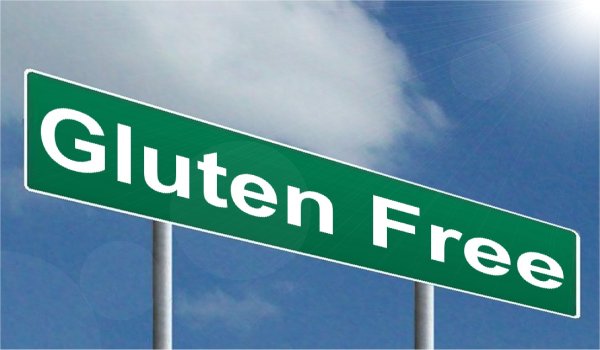Driving, shopping, eating, flying across the country – signs provide direction in daily life, in the workplace and for your store’s sales.
When was the last time you took a journey down an unfamiliar road, scoping out landmarks, carefully listening for the next prompt from Siri to change direction as you await that final, (hopefully) victorious turn down the proper road? And then emphatically proclaimed, “I hate these stupid road signs!”

That’s probably never happened. It’s probably also not likely that the last time you went to the grocery, you just selected the most colorful food package in every category and piled it all in your cart, row after row, because pricing didn’t matter at all. Of course not. As knowledge seekers and consumers, pricing and product information do matter, and the major way we obtain a great deal of that information and direction is through signage.
A recent study at the Brigham Young University retail school proved that signs have an incredible impact on business. Although some may battle the ROI of signs after tapping payroll over and over to put them out, take them down, change them again and keep them in good repair, statistics show that displays with signs will outperform displays without signs by 20%. Even full-priced merchandise with signage outperformed sale priced merchandise without signage by 18%, proving customers gravitate toward signs that direct and inform them about a product.
Similar results in a FedEx commissioned survey through Ketchum Global Research and Analytics in 2012 revealed that signage is also a major factor in driving purchases and affecting customer decisions.
Seventy-six percent of customers surveyed said they chose to enter a store they had not previously visited strictly because of its sign. Of that 76%, more than 68% admit to actually making a purchase after a sign caught their eye.
Signage can have an immediate and lasting impact on your sales performance because signs often function as your silent sales team by directing customers and influencing buying decisions. Some customers prefer to navigate through their entire shopping experience without the help of sales professionals, guided only by the assistance of your in-store signage. You know, the ones that are “just “looking.”
Even though signs hugely benefit your business, that doesn’t mean you need hundreds of random, useless signage cluttering up every blank space. The key is balancing the right kinds of signs in your store. To receive the maximum benefit of signs in your business space, here are four categories of signs you will want to include in your business to get the maximum benefit:
Informative
These signs will inform you customers about your services or products and give much needed direction. Helpful signs in this category may read, “Made of all natural materials. Safe for all skin-types.”
Sales
These signs note merchandise you want to spotlight, not necessarily because of price, but to promote the benefits and qualities of this particular product. Inform your customers why you have chosen a product by singling out its unique benefits. “Our newest gluten free product,” for example.

Educate
These types of signs offer tips on how to get the most out of your merchandise. You might choose to place a sign over your new outdoor grills that says, “Great camping gear” or “Perfect for your next camping trip.”
Entertain
Use these signs to create a cheerful business environment that will bring a smile to your customers’ faces. For example, a local restaurant once posted, “Eat here or we both may starve.”
No matter which type of sign you choose, be sure you adhere to strict standards, as 68% of customers believe a store’s sign is a reliable indicator of the store’s excellence of product or service. Additionally, 52% of people in the FedEx study say they are less likely to visit a store with a poorly constructed or grammatically incorrect sign.
Well-designed and well-placed signs can introduce new products, promote current and upcoming sales and help educate customers spontaneously. They can also guide customers through their brand experience while highlighting key information about your products and cementing your brand’s image consistently in the customer’s mind.
Carefully choosing your message through signs will help target the right customer for your business without alienating them with visual overload or a lack of any information. Give them a sign so they know they’ve made the right turn.
Source: Sheehy




